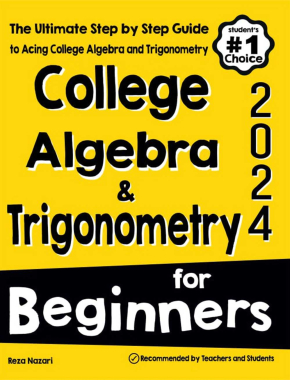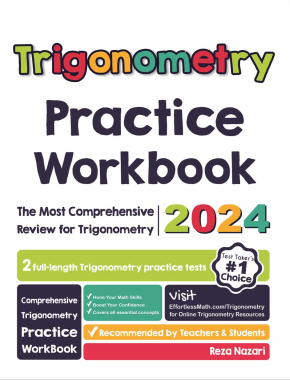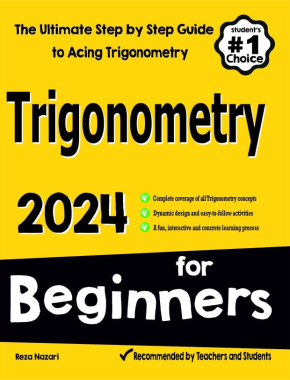Understanding Trigonometry: How to Calculate the Area of Triangles
The vast realm of trigonometry extends far beyond just sine, cosine, and tangent. Its principles have the power to simplify seemingly complex problems, such as finding the area of a triangle without knowing its height. By merging basic triangle area formulas with the magic of trigonometric ratios, we can unveil triangle areas in a whole new light. Intrigued? Let’s venture into the trigonometric technique to compute triangle areas.

Step-by-step Guide: Trigonometry and Area of Triangles
Basic Area of a Triangle:
The most common formula for finding the area of a triangle is:
\( \text{Area} = \frac{1}{2} \times \text{base} \times \text{height} \)
Introducing Trigonometry:
If two sides of a triangle and the included angle are known, the area can be determined using:
\( \text{Area} = \frac{1}{2} \times a \times b \times \sin(C) \)
Here, \(a\) and \(b\) are the two known sides, and \(C\) is the included angle between them.
Why Does This Work?:
The height in the standard formula can be expressed in terms of \(a\), \(b\), and \(C\). The height would be \(a \times \sin(C)\) (or equivalently, \(b \times \sin(A))\). By substituting this into the base-height formula, we get the trigonometric area formula.
Examples
Example 1:
Given a triangle \(ABC\) with side \(AB = 5 \text{ cm}\), side \(BC = 7 \text{ cm}\), and angle \(B = 60^\circ\), find the area of triangle \(ABC\).
Solution:
Using the trigonometric formula for area:
\( \text{Area} = \frac{1}{2} \times AB \times BC \times \sin(B) \)
\( \text{Area} = \frac{1}{2} \times 5 \text{ cm} \times 7 \text{ cm} \times \sin(60^\circ) \)
\( \text{Area} = 15.5 \text{ cm}^2 \) (approximately)
Example 2:
For triangle \(PQR\), side \(PQ = 8 \text{ cm}\), side \(QR = 10 \text{ cm}\), and angle \(Q = 45^\circ\), determine the area of triangle PQR.
Solution:
\( \text{Area} = \frac{1}{2} \times PQ \times QR \times \sin(Q) \)
\( \text{Area} = \frac{1}{2} \times 8 \text{ cm} \times 10 \text{ cm} \times \sin(45^\circ) \)
\( \text{Area} = 28.28 \text{ cm}^2 \) (approximately)
Practice Questions:
- Given triangle \(XYZ\) with \(XY = 6 \text{ cm}\), \(YZ = 9 \text{ cm}\), and angle \(Y = 30^\circ\), find its area.
- For triangle \(LMN\), if \(LM = 4 \text{ cm}\), \(MN = 5 \text{ cm}\), and angle \(M = 90^\circ\), calculate the area.

Answers:
- \( 13.5 \text{ cm}^2 \)
- \( 10 \text{ cm}^2 \)
Related to This Article
More math articles
- Intelligent Math Puzzle – Challenge 85
- How to Graph Solutions to Linear Inequalities?
- Geometry Puzzle – Challenge 67
- How to Expand Sigma Notation?
- How to Use Basic Techniques for Solving Trigonometric Equations
- 10 Most Common 5th Grade NYSE Math Questions
- Overview of the ISEE Lower Level Mathematics Test
- How long Is the ACCUPLACER Test?
- Best Mobile Laptop Stands for Presentation in Schools
- How to Use the Graphs of System of Equations for Classification














What people say about "Understanding Trigonometry: How to Calculate the Area of Triangles - Effortless Math: We Help Students Learn to LOVE Mathematics"?
No one replied yet.